Affiliate links on Android Authority may earn us a commission. Learn more.
What the Pixel 3 leaks tell us about Google's hardware strategy
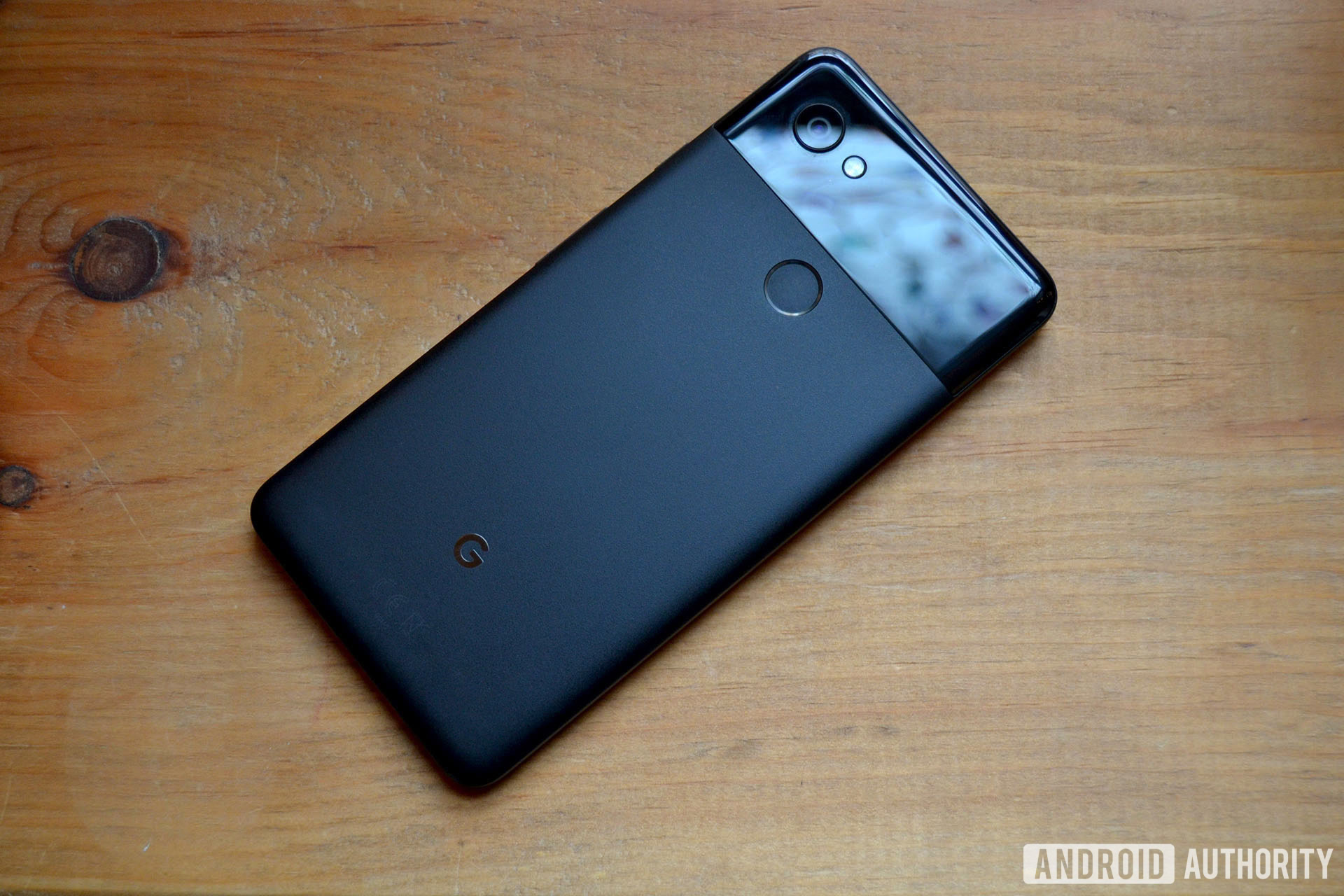
Pixel 3 leaks are abundant these days, and a few seemingly trustworthy ones have give us a glimpse into Google’s vision of the perfect Android smartphone.
We are still some time away from an official announcement, but we’re gradually building up a picture of what the Google Pixel 3 will be like. Here’s what to expect, whether anything revolutionary is coming down the pipe, and if Google fans will be satisfied with the upcoming offering.
The notch is here to stay
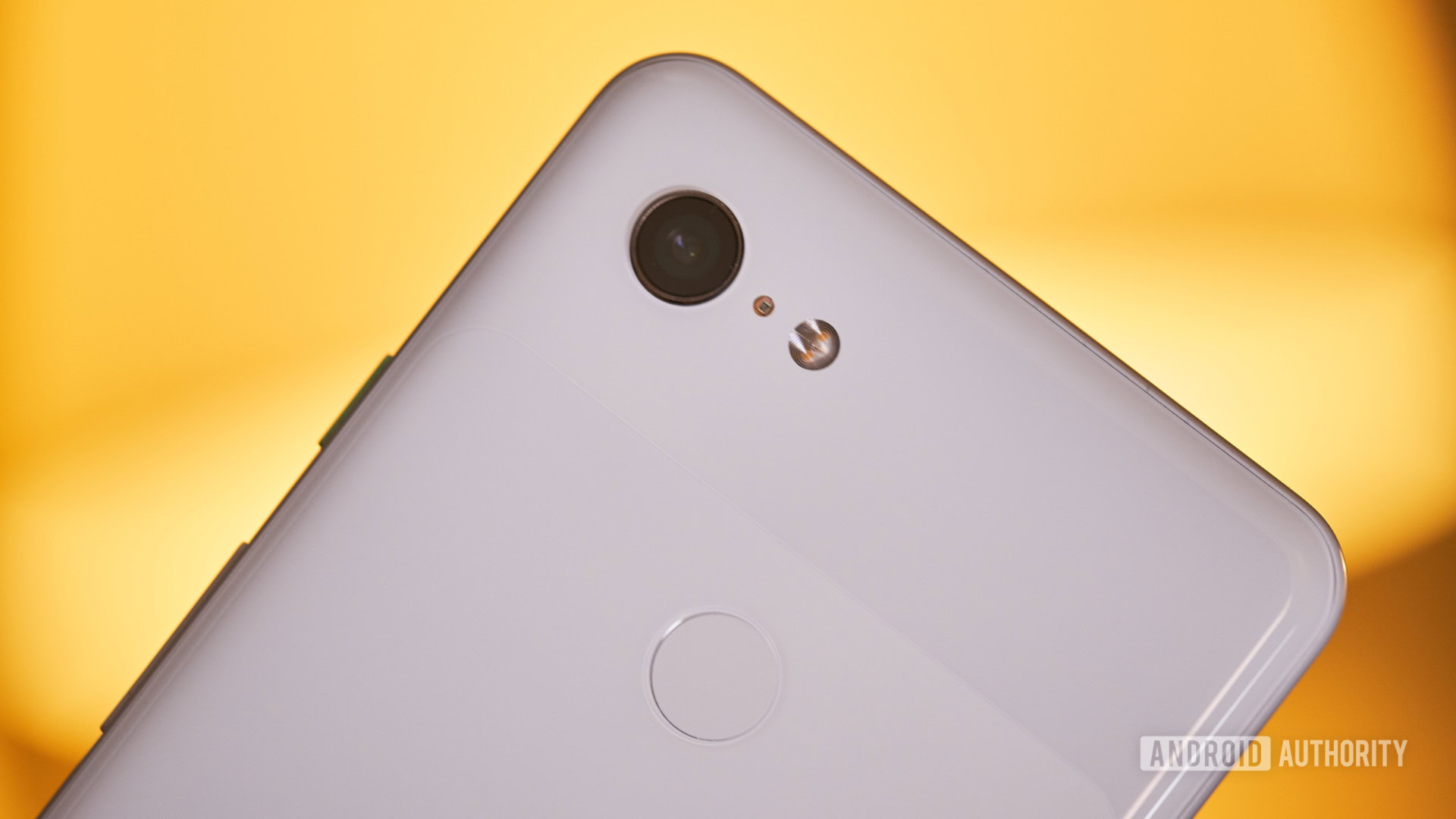
As the platform developer for Android, it makes sense for Google to support features its hardware partners are using. Supporting notch features inside the Android P developer previews made sense, regardless of whether the feature was a part of the new Pixel or not. Although it certainly adds more weight to Google using the design too.
As ugly as it is to some, the notch has some small benefit for screen real estate, moving notification icons up near the front camera and out of the way. As long as the notch isn’t so big it leaves little room for notifications, the time, and what have you — that would defeat the point.
By cementing the notch in Google’s software and hardware, the company clearly believes it’s a design we’ll be seeing a lot more of in the future.
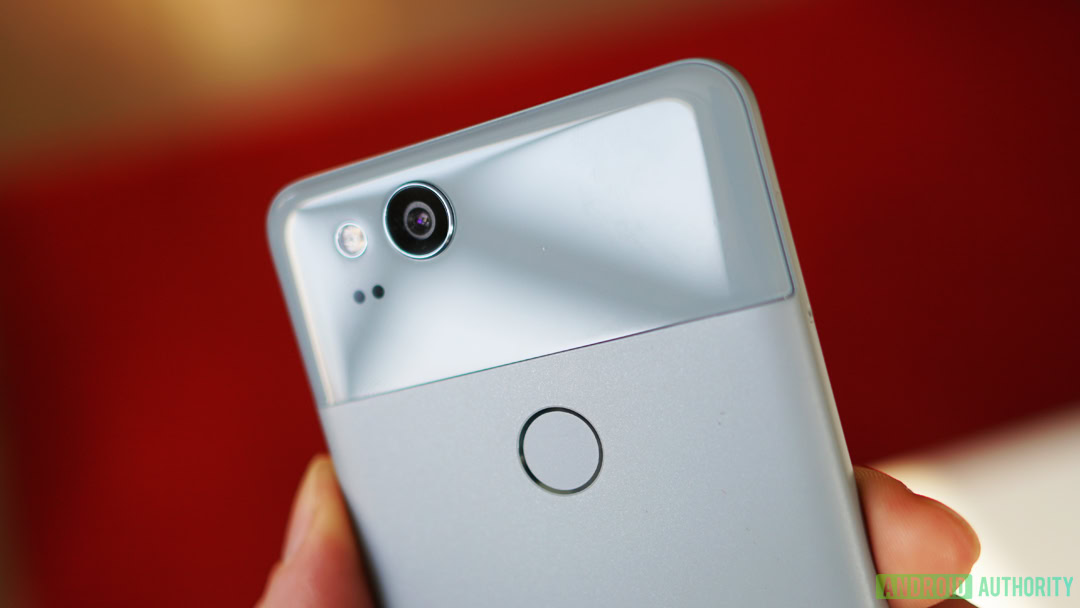
Camera software rather than hardware
Pixel 3 rumors point to a rear camera configuration that would buck this year’s multi-camera trend, with just a single sensor on the back.
When every other major flagship company has adopted at least some form of dual, if not triple rear camera configuration, Google is standing behind its superior software algorithms to get things done. This means no monochrome, optical zoom, or wide angle shot options for the Pixel 3, but that hasn’t stopped Google phones from being some of the best snappers in the past.
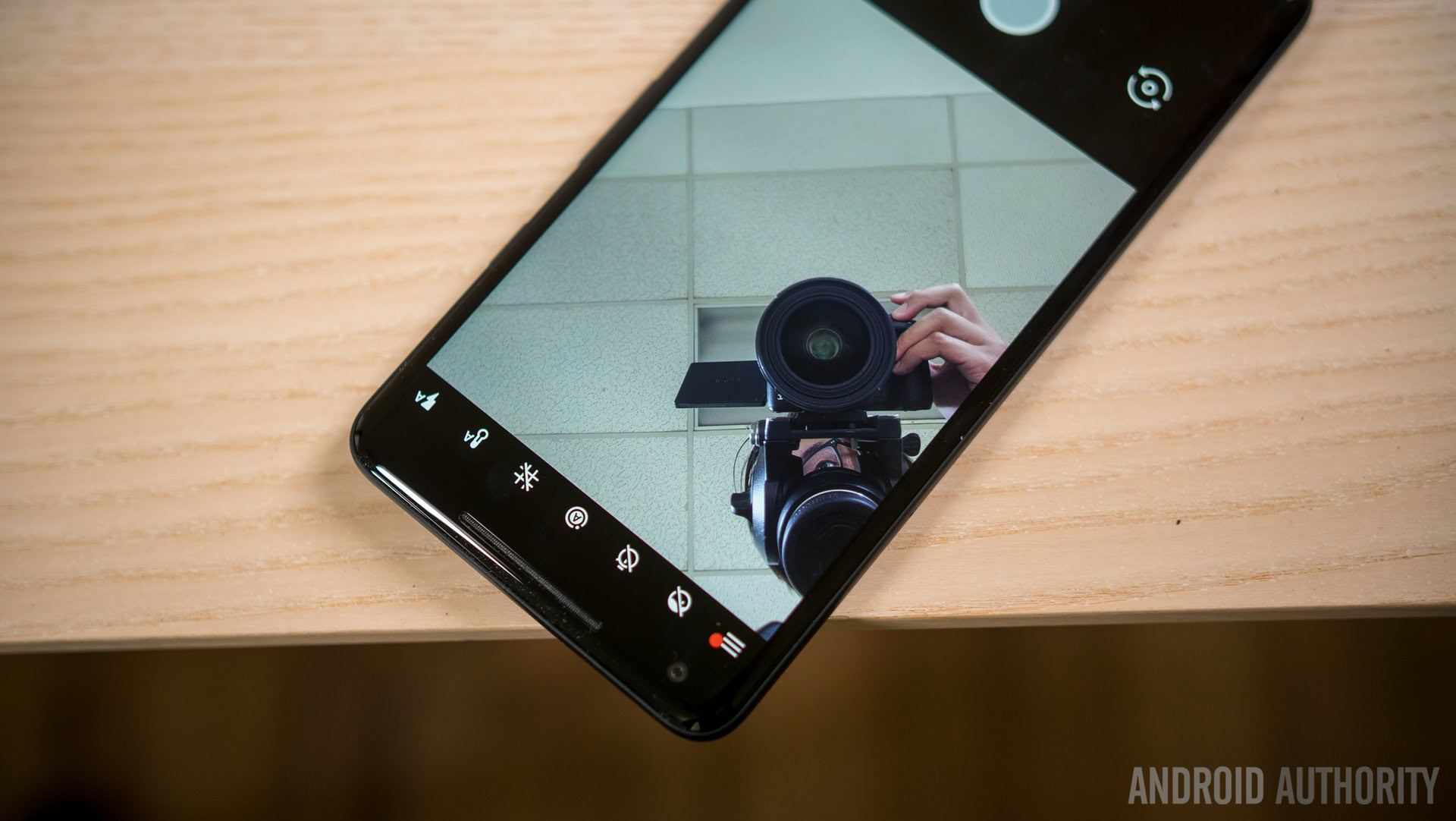
This revelation also means we may see some second generation custom image processing silicon from Google in the Pixel 3, to assist with image capture and processing behind the scenes. Last year’s Pixel 2 debuted the Pixel Visual Core, designed in collaboration with Intel, which Google used to accelerate machine learning using data directly from the camera.
Iterative features every year
Last year’s Pixel 2 didn’t throw everything possible into a handset, instead making steady iterative improvements over the first generation product. The last generation introduced the squeeze feature, which added in another way to interact with the device. 2018’s addition appears to be wireless charging, hardly a cutting-edge innovation but another feature on the checklist that might sway a few consumers over to Google’s camp.
This is another case of Google showcasing a feature it probably wants to see inside more Android phones. Wireless charging adoption has been frankly rubbish across the ecosystem. Only Samsung’s consistently offered it. Now that Apple has the Qi standard inside its iPhone 8s and X, Google might feel the need to push Android to support the standard more meaningfully. The only drawback is this means the Pixel 3 will probably switch over to a glass back, ditching the metal cover some consumers quite liked.
This slow, steady feature trickle feels iterative, but that’s pretty much par for the course in today’s high-end market. By packing in even more technology, the Pixel 3 is bound to remain locked at a high price point. Hopefully the similar design means availability will be better than in previous years, but we probably shouldn’t hold our breath.
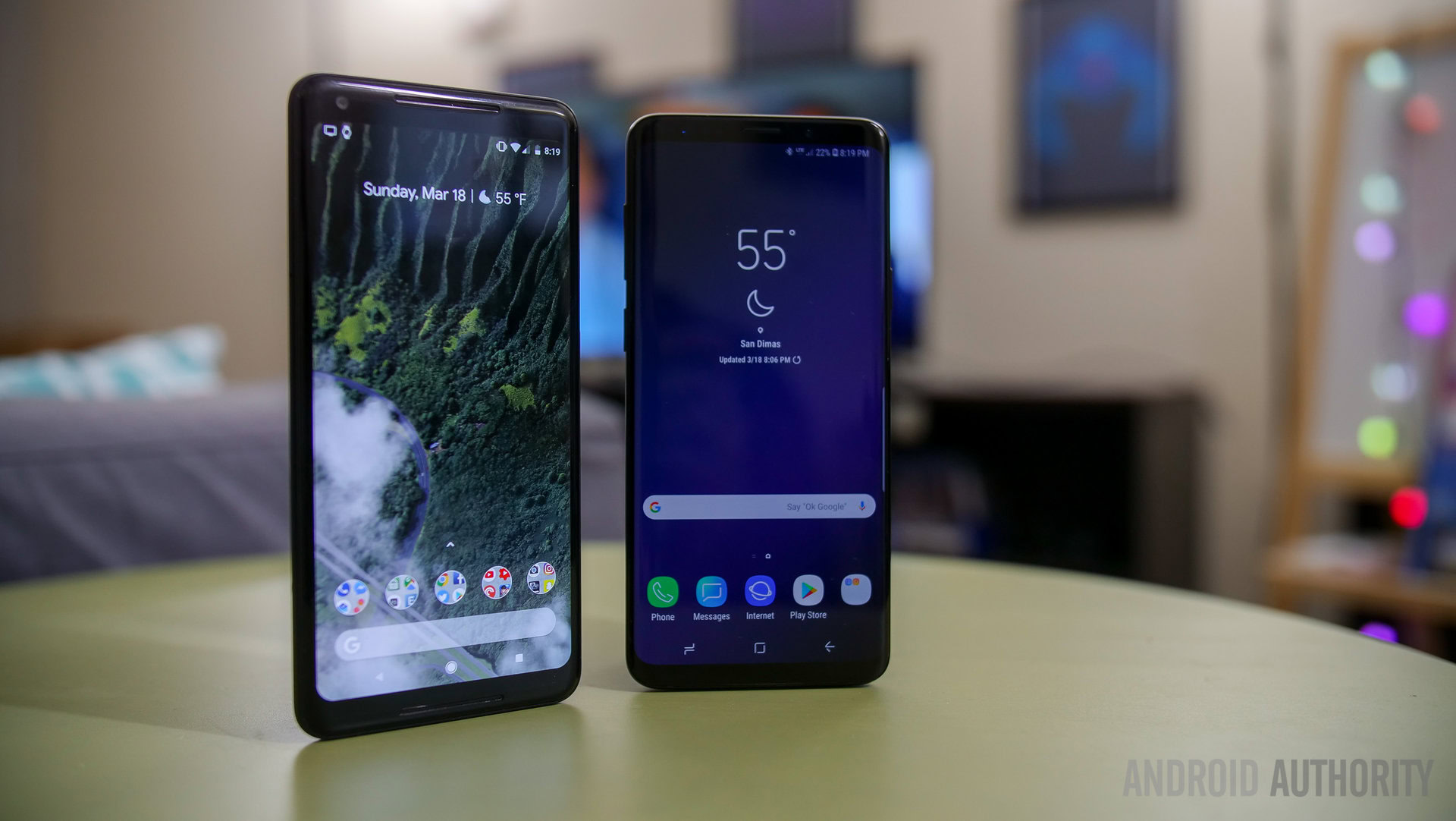
Google wants its own design language
Perhaps what’s most interesting about the Pixel 3 leaks and renders that we’ve seen so far is how similar the handset looks to the Pixel 2. The rear camera, flash, and fingerprint scanner appear to be staying put, as is the colored stripe across the top and Google logo at the bottom of the back. The front-facing speaker placement looks like it will change somewhat due to the notch, but the overall front design looks very similar too. This isn’t really surprising — Google acquired the design team from HTCthat helped with the previous Pixel, after all. It’s too early to expect this team to have put an entirely new look into action. Maybe that will happen in another year, but Google may not desire such a drastic change.
The Pixel range stands out in an industry increasingly populated by “bezel-less” clones or (worse) blatant copies of Apple’s latest designs. The Pixel range might not be the sleekest, but it’s identifiable, functional, and gives Google a distinct looking brand in an increasingly homogeneous market. Consumers know they’re getting the Google experience, and that’s a powerful message in today’s market. It’s the same reason Samsung sticks with similar looks for a few generations, and why Apple’s iPhone barely changed at all before the X.
Right now the Pixel 3 looks it could basically just be a Pixel 2S, and there’s nothing wrong with that. If I’m right in suspecting the Pixel range is as much about influencing other Android smartphone manufacturers as it is about selling handsets, a distinct design language suits Google’s goals perfectly.
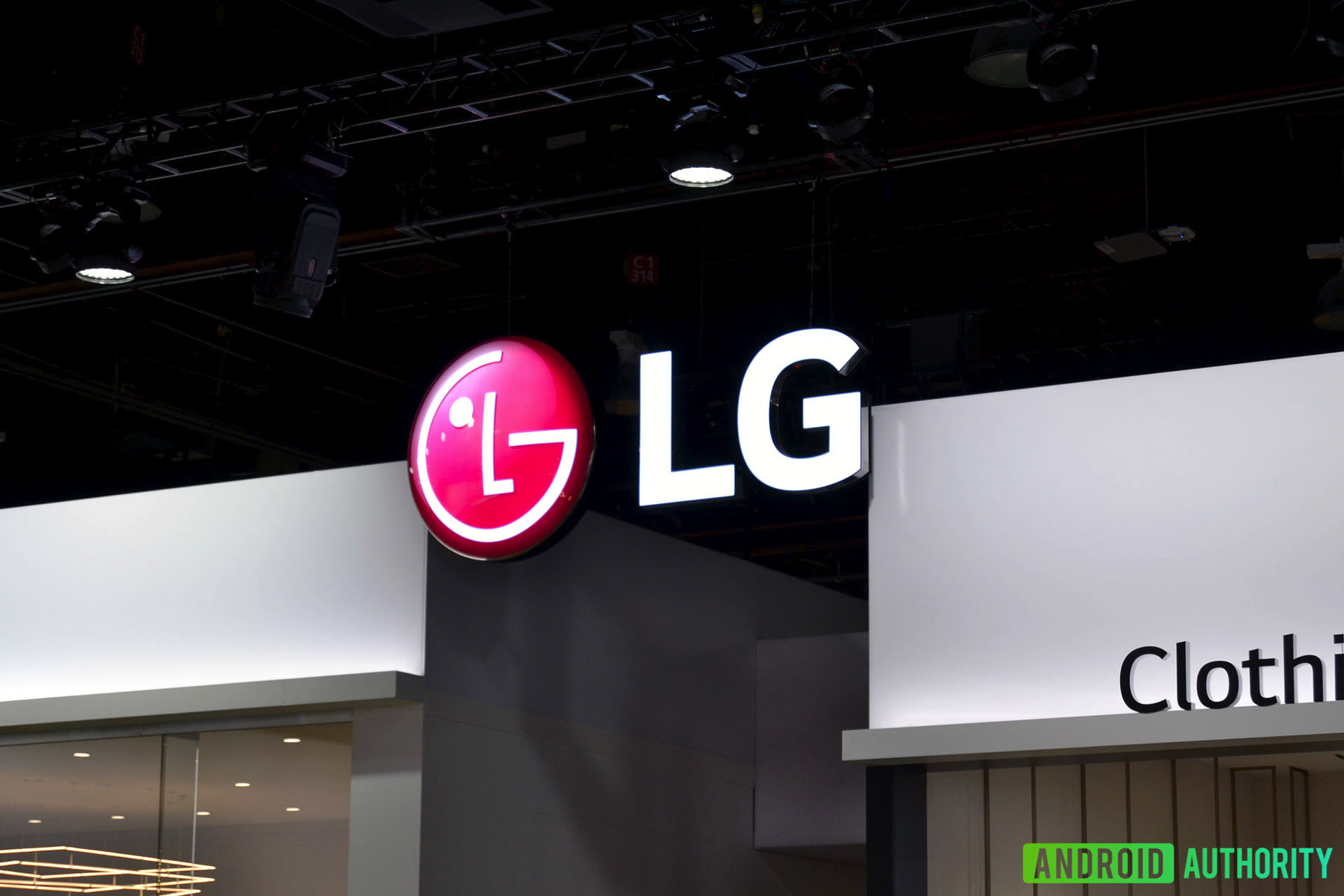
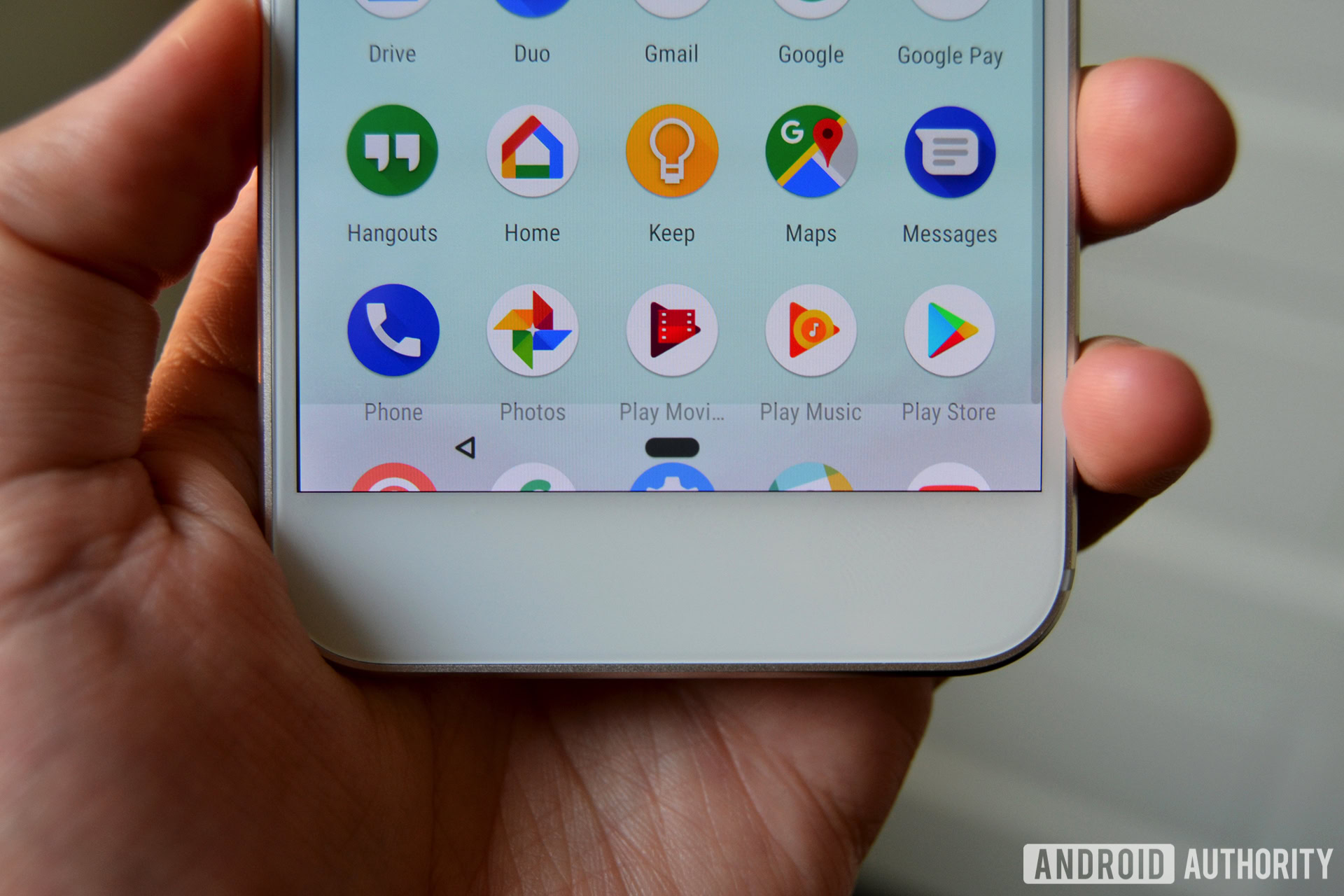
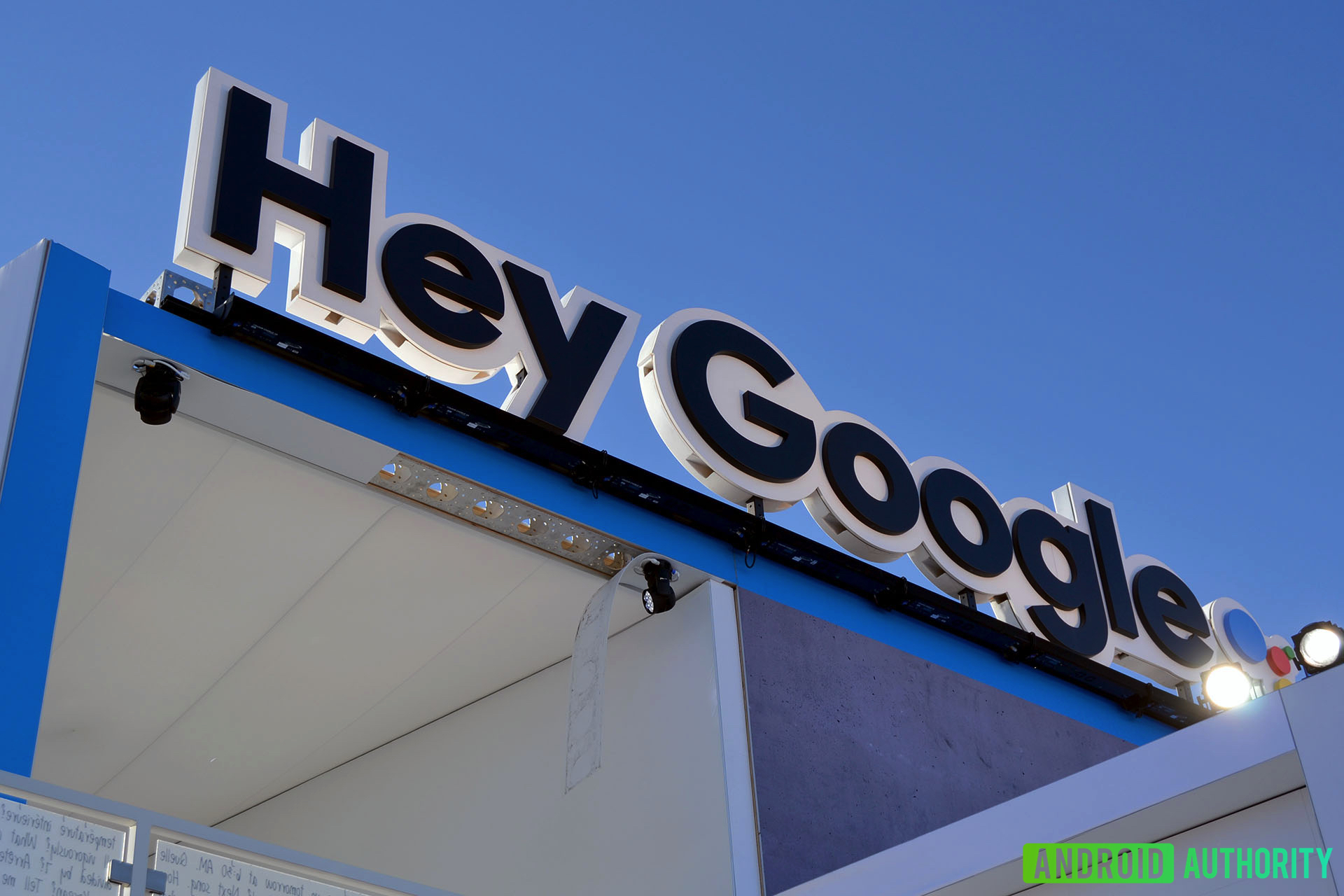
Nothing revolutionary?
At least as far as exterior design and hardware goes, the next-gen Pixel sounds very familiar. Google’s design language and focus on camera software processing remain the same — the company doesn’t appear interested in any radical changes at this point. The notch will almost certainly be the contentious issue with the upcoming Pixel, but that’s hardly a game changing inclusion. Notches have been around for almost a year already.
Even though the handset looks very familiar, we may well see some of the biggest changes and enhancements come in the form of software. Google has doubled down on its “AI” efforts in the past year, and Assistant is bound to become increasingly core to the Pixel and Android experience going forward. We may not see anything as wild as Duplex in the real world just yet, but we’re certainly heading towards deeper Assistant integration with both apps and the core of the OS. A steady hardware package frees up Google’s resources to focus on making major strides in software, and that’s where we’re likely to see the biggest changes in the next-gen Google flagships.
The Pixel 3 seems like a continuation then, which isn’t a bad thing when previous handsets did so much so well.